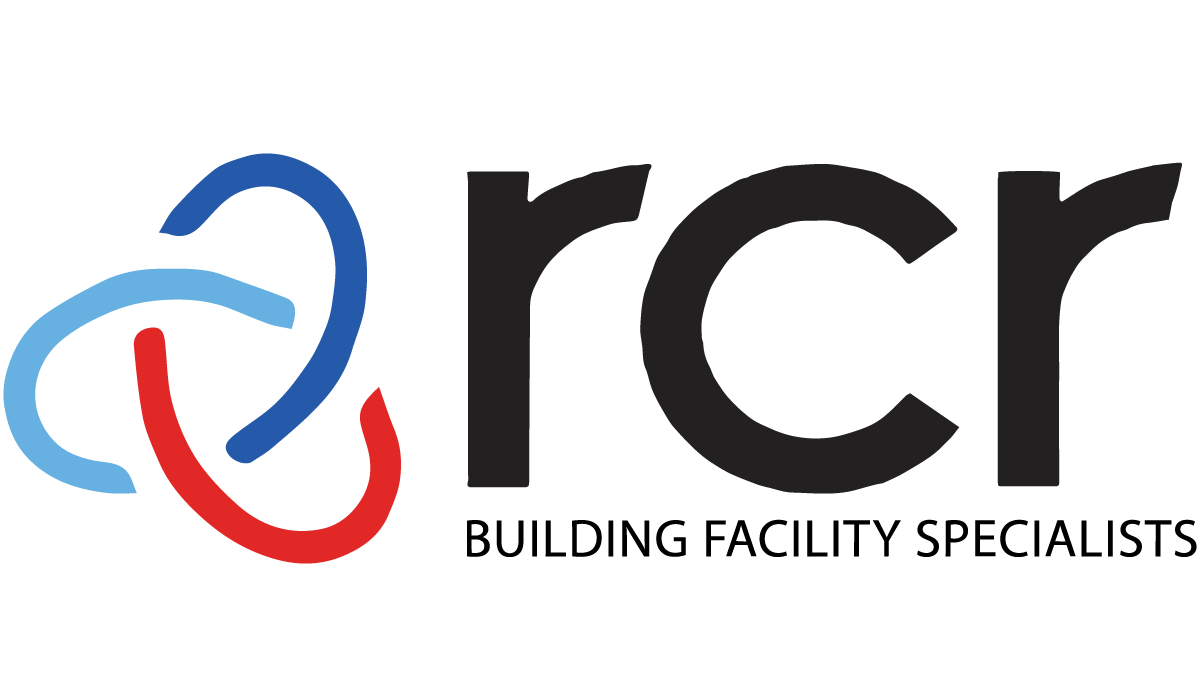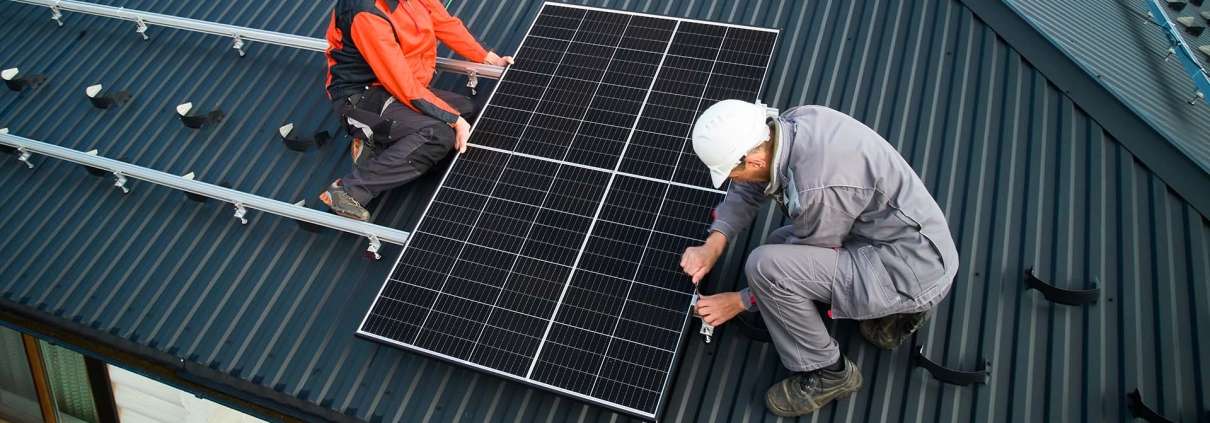Ultimate guide for DIY residential solar panel installation
In today’s world, where climate change and rising energy costs are pressing concerns, many homeowners are turning to solar power as a sustainable and cost-effective alternative. Residential solar panel installation has gained immense popularity, not just for its environmental benefits but also for the substantial savings it can offer on electricity bills. If you’re considering a DIY residential solar panel installation, this comprehensive guide will walk you through the process and provide invaluable insights to make your project a success.
The benefits of residential solar panel installation
The installation of solar panels on your home can significantly reduce your reliance on traditional energy sources, leading to substantial cost savings over time. Solar energy is clean and renewable, making it a responsible choice for environmentally conscious homeowners.
The environmental impact
By harnessing the power of the sun, residential solar panels reduce greenhouse gas emissions and dependence on fossil fuels. This means you’ll be contributing to a healthier planet while enjoying the benefits of renewable energy.
The cost-saving potential
One of the most compelling reasons for choosing residential solar panel installation is the potential for substantial savings on your energy bills. Over time, your solar panel system can pay for itself and even generate extra income if you decide to sell excess energy back to the grid.
Planning your solar panel installation
1. Understanding your energy needs
Before you dive into the world of solar panels, it’s crucial to understand your household’s energy requirements. This knowledge will help you determine the right-sized system for your needs.
2. Assessing your property’s solar suitability
Not all properties are equally suited for solar panels. Factors like sun exposure, shading, and available roof space play a crucial role in assessing your property’s solar potential.
3. Legal and permit considerations
Local regulations and permits vary, so it’s essential to research and understand the legal requirements for solar panel installation in your area.
Choosing the right solar panels
1. Monocrystalline vs. polycrystalline panels
Solar panels come in different types, and you’ll need to choose between monocrystalline and polycrystalline panels. Each has its advantages and considerations.
2. Solar panel efficiency
The efficiency of solar panels determines how effectively they convert sunlight into electricity. Higher-efficiency panels are more space-efficient and can be a better choice for limited roof space.
3. Warranty and durability
A strong warranty should protect your investment in solar panels, and the panels themselves ought to be tough enough to withstand the elements for years to come.
Essential components and tools
1. Solar panels
Choosing high-quality solar panels is crucial for long-term performance and efficiency.
2. Inverters
Inverters convert the DC electricity generated by your solar panels into the AC electricity used in your home.
3. Mounting and racking equipment
Proper mounting and racking equipment ensure the panels are securely attached to your roof.
4. Electrical wiring
Using the right wiring and connections is essential for safety and efficiency.
5. Tools for installation
Gather all the necessary tools for the installation process, such as a drill, ladder, and safety gear.
Installation process
1. Mounting the solar panels
Properly mounting the panels ensures they are secure and optimally positioned to capture sunlight.
2. Electrical wiring and connections
Ensuring that your wiring is correctly set up and connected is essential for safety and efficiency.
3. Inverter installation
The inverter is a critical component that needs to be installed correctly to convert solar energy into usable electricity.
4. Connecting to the grid or batteries
Depending on your setup, you may need to connect your solar panels to the grid or batteries to store excess energy.
Safety precautions
1. Working with electricity
Handling electricity is dangerous. Make sure you follow safety protocols when working on your solar panel installation.
2. Height safety
Working on rooftops requires safety precautions. Ensure you have the necessary equipment to prevent accidents.
3. Handling equipment and materials
Properly handling the solar panels and related equipment is crucial to avoid damage or injury.
4. First aid and emergencies
Be prepared for emergencies with a well-stocked first aid kit and knowledge of first aid procedures.
Maintenance and troubleshooting
1. Regular cleaning and inspection
Routine maintenance includes cleaning your solar panels and inspecting for damage or dirt that could affect their efficiency.
2. Monitoring energy production
Keep track of your system’s energy production to ensure it’s functioning optimally.
3. Identifying and fixing common issues
Be prepared to troubleshoot common problems and, if needed, seek professional assistance for more complex issues.
The benefits of DIY solar installation
1. Cost savings
DIY solar panel installation can save you money compared to hiring professionals.
2. Learning experience
You’ll gain valuable knowledge and skills during the installation process.
3. Customisation and control
DIY allows you to customise your system to meet your specific needs and preferences.
Environmental impact
1. Reducing carbon footprint
By using solar power, you’ll reduce your carbon footprint and contribute to a greener planet.
2. Reducing reliance on fossil fuels
Solar energy reduces dependence on fossil fuels, which are finite and harmful to the environment.
3. Incentives and rebates
Many governments offer incentives and rebates to promote solar energy adoption, further enhancing your cost savings.
Tips for a successful DIY solar installation
1. Plan meticulously
Thorough planning is the key to a successful installation. Take your time to assess your needs and research your options.
2. Seek professional advice when needed
Don’t hesitate to consult professionals for advice on more complex aspects of the installation.
3. Safety first
Prioritise safety during the installation process to protect yourself and your property.
4. Documentation and permits
Keep records of your installation, including permits and warranties, for future reference.
5. Test and monitor your system
Regularly test and monitor your solar panel system to ensure it’s operating optimally.
DIY residential solar panel installation is an excellent way to harness the power of the sun, reduce your carbon footprint, and save on energy costs. By following this comprehensive guide and prioritising safety, you can successfully install your solar panel system and enjoy the benefits of renewable energy.
Ready to take the leap towards a greener future while saving on your energy bills? Dive into the world of DIY solar panel installation with our comprehensive guide. Start your solar journey now with RCR and make a positive impact on the environment while enjoying cost savings. Don’t wait, seize the opportunity today. Contact us now.




